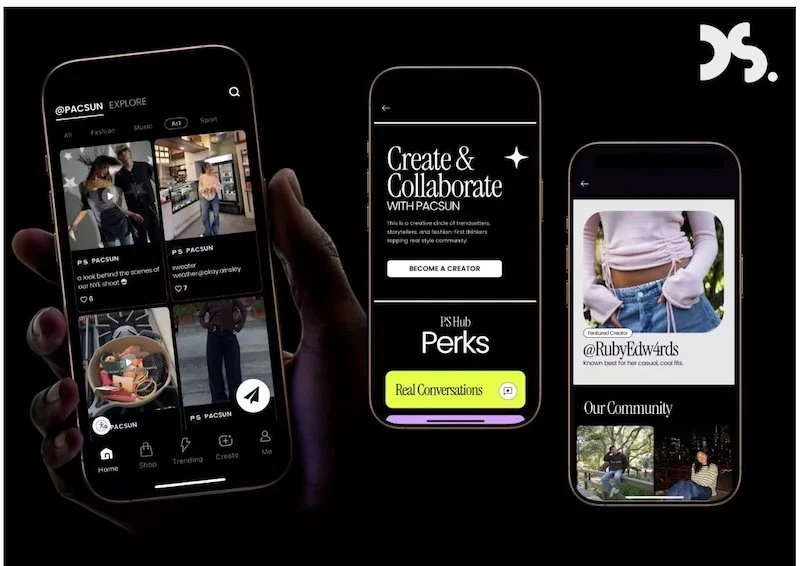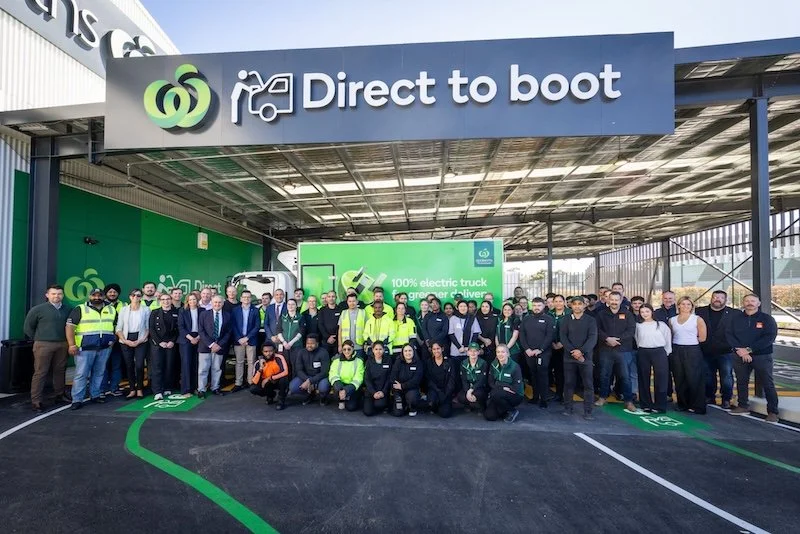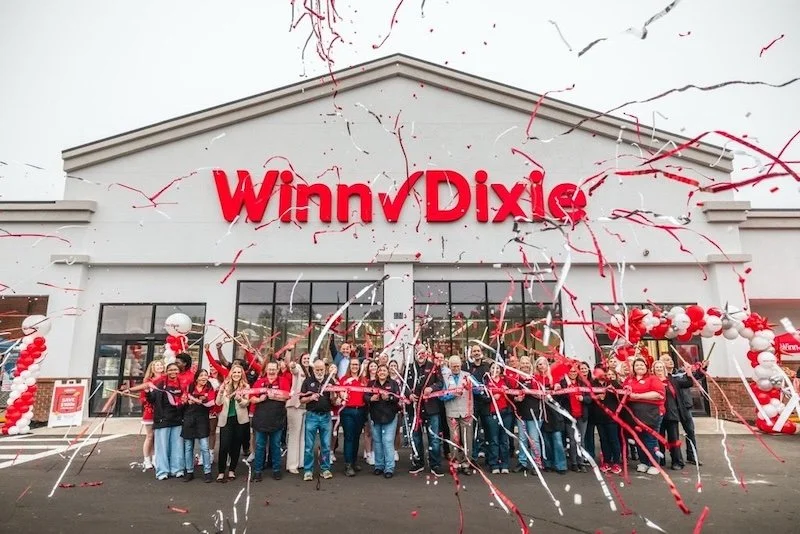Is Open Banking meant to be a secret?
By Anthony Duffy, Director, Retail Banking at Fujitsu UK & Ireland
13th January 2018: the date on which the Second Payment Directive (PSD2) takes effect. Much has already been written about how Open Banking threatens to revolutionise financial services. It enables an individual, or a company, to provide others with access to their bank accounts, so they can be offered new or additional products and services which may help with the management, moving or making of money.
Open Banking’s advocates believe it will encourage new providers to enter the financial services industry, increasing competition, thereby raising the bar in terms of pricing, product quality and service provision. They believe it will threaten traditional barriers to market entry, break the relationship that incumbent suppliers have with their customers and usher in a new era of competition.
Others believe while this might be true, it certainly won’t happen in January 2018. They see Open Banking as being a long journey, which will take many years to complete. Some also fear it might rub up against one of the other great issues of our day, that of the individual’s desire for – and, in some countries, their right to – privacy. How best to identify and manage each individual customer’s preferences and wishes?
This balance can only be struck by educating the customer as to what Open Banking is, how it can work for each individual and where different boundary options lie. Yet a fairly recent poll, undertaken on behalf of Equifax by YouGov, found that – of 2,000 people surveyed – 90% had not heard of Open Banking. Furthermore, of these, 45% went on to report that they are unlikely to use Open Banking services once they become available.
In promoting Open Banking, advocates might seek to illustrate its benefits by using examples. They could describe how booking a holiday, with the cost being debited to a current account, could enable a customer to receive an unrequested offer of lower cost travel insurance or a “money off” voucher for use when buying sunglasses, courtesy of third parties with whom personal data has been shared.
An attractive proposition, one might think. But would it be viewed so positively if the customer received, say, five unsolicited phone calls or e-mails from insurers offering low cost – but not the lowest cost – travel insurance? And could the customer be sure they had received the best price available for the policy? Or would the cost-conscious customer feel obliged to undertake their own market search, to be sure they had received the best deal?
Or how might a customer feel if they received a letter from their insurer, asking for the occupancy details of their house while they are away on holiday, otherwise the insurer will assume that the property is unoccupied and will raise the premium accordingly?
Such questions highlight the need for an informed customer, if Open Banking is to work. They also demonstrate that one size is unlikely to fit all. One customer might only be comfortable in sharing personal data with selected companies, while another would be willing to work with a wider range of potential suppliers. In short, each individual customer is required to make a choice about how much information they wish to share and with whom. And to do this in an informed way requires the customer to understand the implications of each decision that they make.
Yet customer inertia remains an issue for the industry. For example, comparison websites reveal that many customers could be significantly better off if they were to transfer their current accounts. Yet, in 2016, of the 65 million or so active personal current accounts in Britain, only around one million were moved using the Current Account Switching Service. Quite simply, people don’t always act in the way that the industry expects or would like. Will the world of Open Banking be any different?
What is needed is an extensive public education programme, to explain what this is, how it works and what it can offer. Launching such a scheme won’t be easy, not least because the established industry participants – whom some see as potential losers as a result of Open Banking – are unlikely to wish to support a costly education programme. The potential beneficiaries, the new providers and the FinTech industry, may be keen to see change, but may not have deep enough pockets to fund such an exercise.
Some form of education will be necessary if Open Banking is to fulfil expectations and help build a new and very different financial services sector. It simply will not work unless customers understand it and its potential. But, despite January 2018 having arrived , too many customers appear to be in the dark. Is Open Banking really meant to be a secret?










Continue reading…